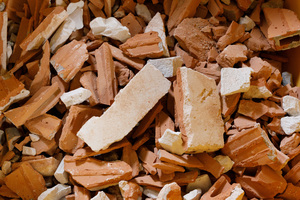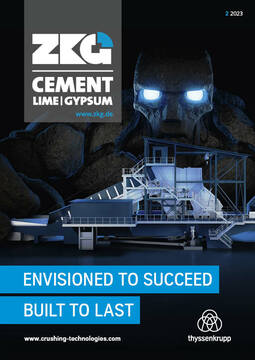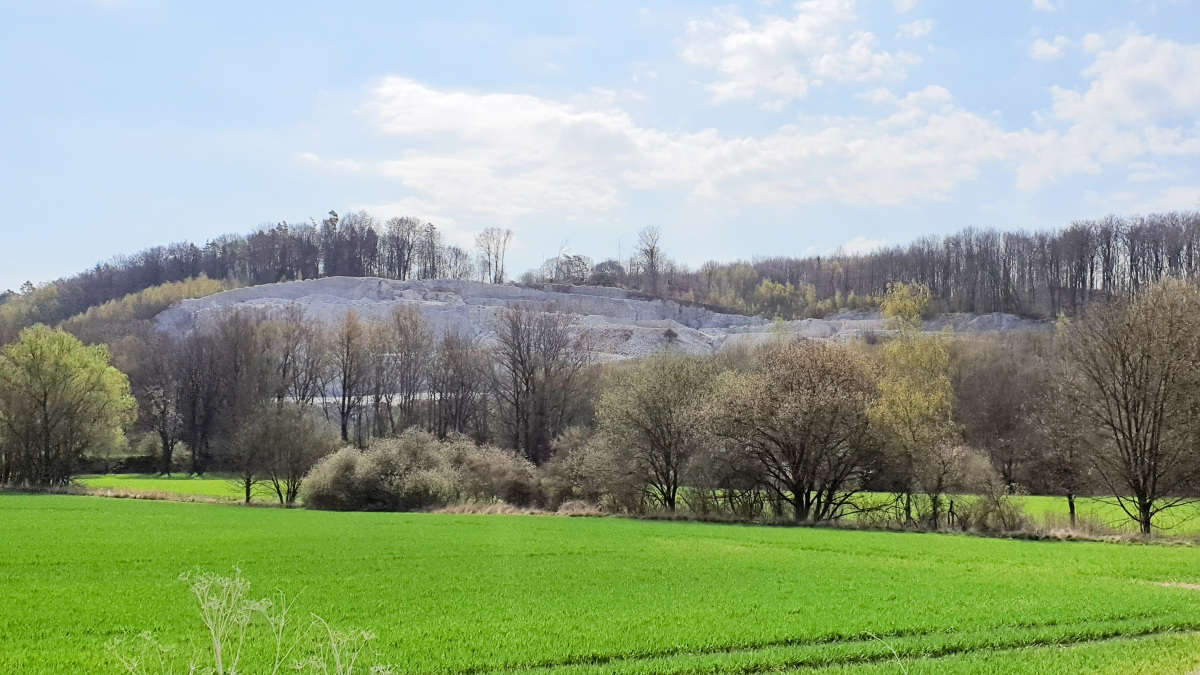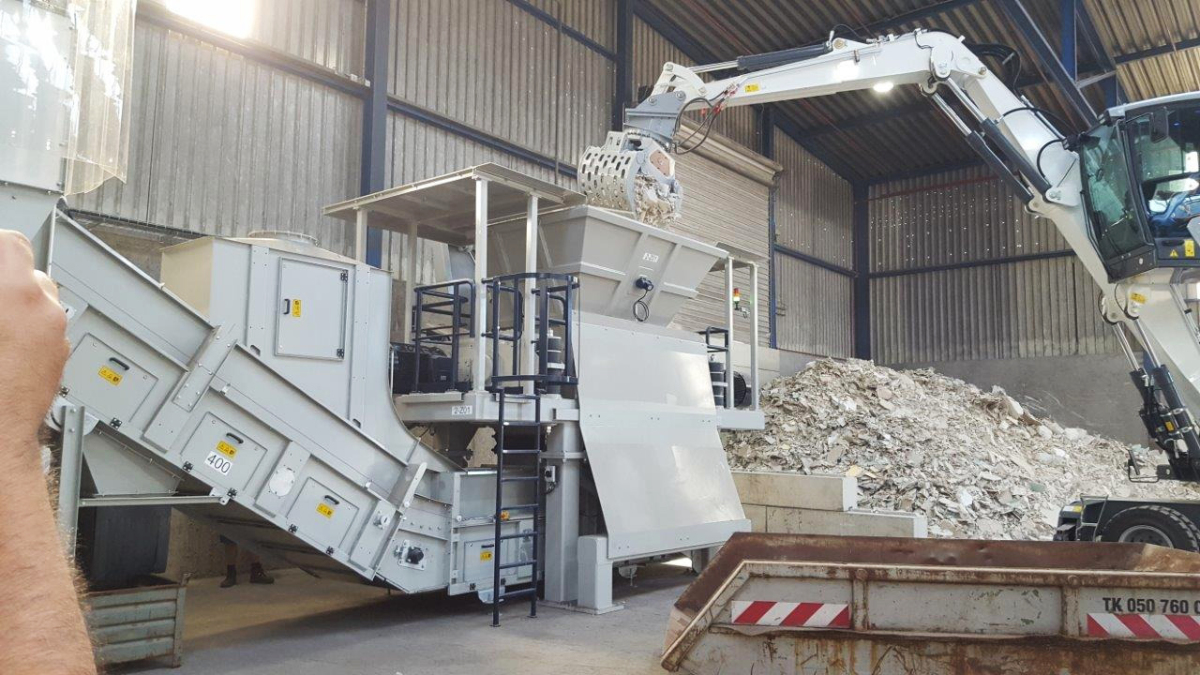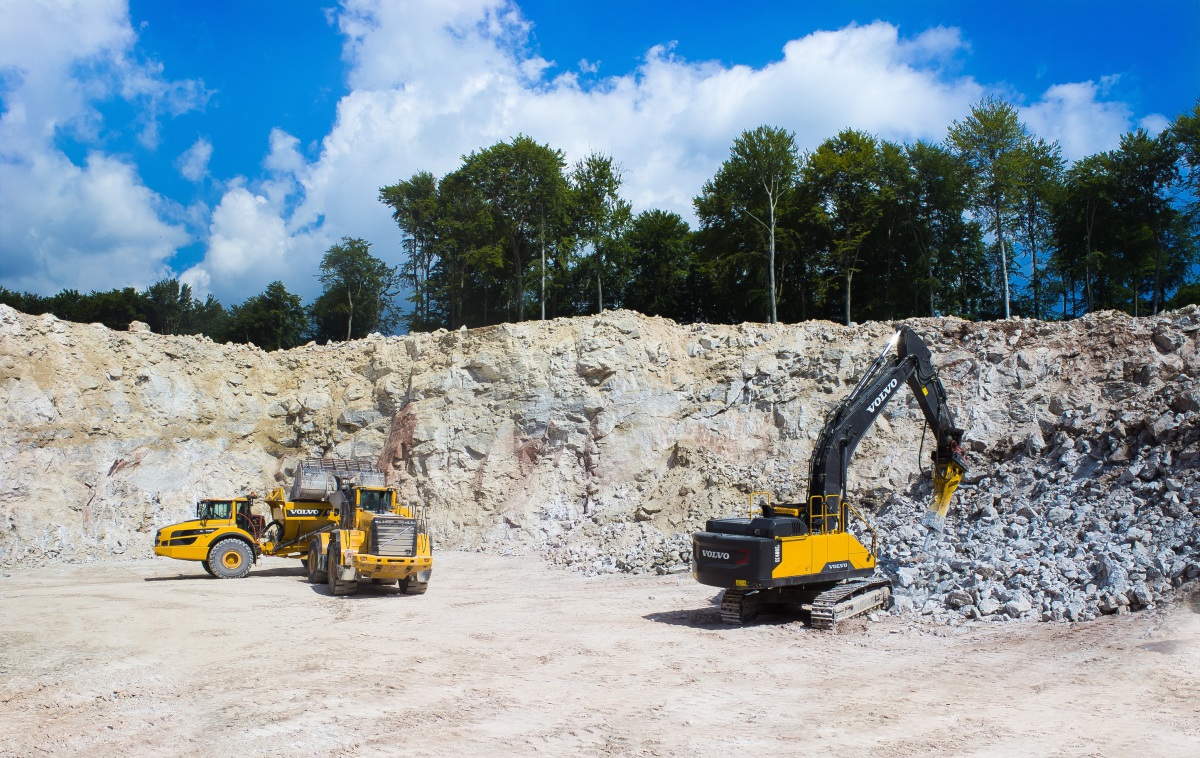Resource conservation through recycling of gypsum
With the shutdown of coal-fired power plants, the production of FGD gypsum as a by-product of coal combustion will cease. To meet demand in the construction sector, pressure is therefore growing on natural sources. Recycling construction waste will provide relief. The new technology film of the VDI Center for Resource Efficiency (VDI ZRE) “Gypsum recycling: conserving natural resources” presents two processes with which gypsum can be recycled.
Every year, several million tons of gypsum are required and used as a building material. With the shutdown of coal-fired power plants, which produce gypsum as a byproduct, there is a growing need to make greater use of natural resources. As an alternative, successful recycling of gypsum is becoming increasingly important. VDI ZRE’s new technology film presents an example of recycling plasterboard and a process for recovering gypsum from mixed construction waste.
Gypsum from plasterboard or construction waste
If gypsum boards are deconstructed, they can be easily separated from other construction waste. During recycling, only gypsum and cardboard have to be separated. For this purpose, Mitteldeutsche Umwelt- und Entsorgung GmbH crushes the board pieces. After several process stages, gypsum powder, gypsum granulate and cardboard remain. The granules are returned to the gypsum plant and processed back into boards. With this process, 350000 t of gypsum can be recycled each year.
Currently still under development is a plant that can recycle gypsum even when it is mixed with other demolition materials. The end products from this process, developed at the Institute for Applied Construction Research in Weimar, are gypsum powder and a granulate that can be used for lightweight concrete blocks, among other things. If this technology were used nationwide, a total of 20% of Germany’s demand for gypsum could be met from construction waste. As this plant would also make it possible to recycle other building materials, further natural resources could be conserved.
New technologies in practice
The new technology film Gypsum Recycling: Conserving Natural Resources by the VDI Center for Resource Efficiency illustrates recycling processes and the potential savings they offer. The film was produced on behalf of the German Federal Ministry for the Environment, Nature Conservation, Nuclear Safety and Consumer Protection (BMUV). Further films are also available on the YouTube channel of VDI ZRE.

